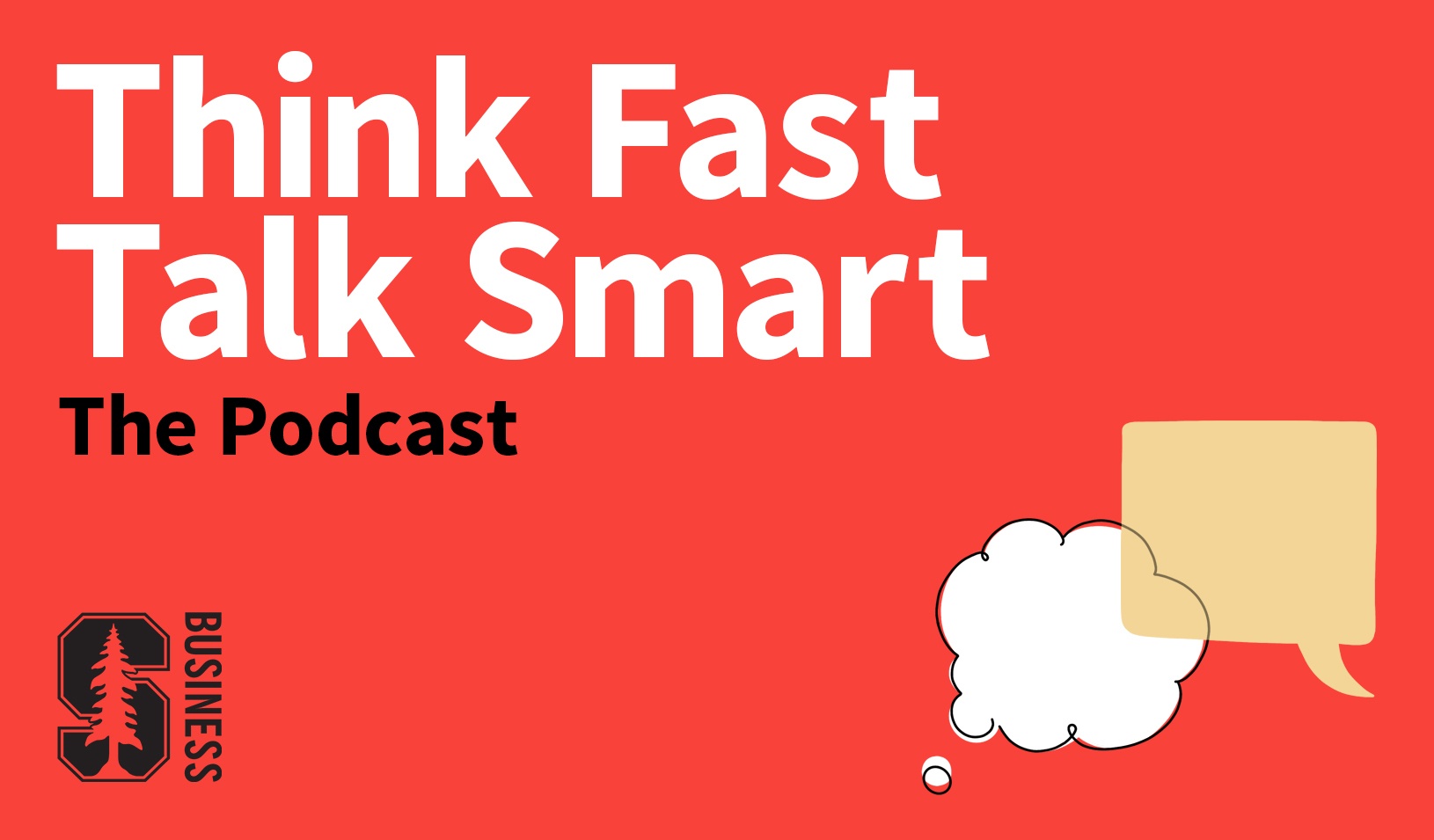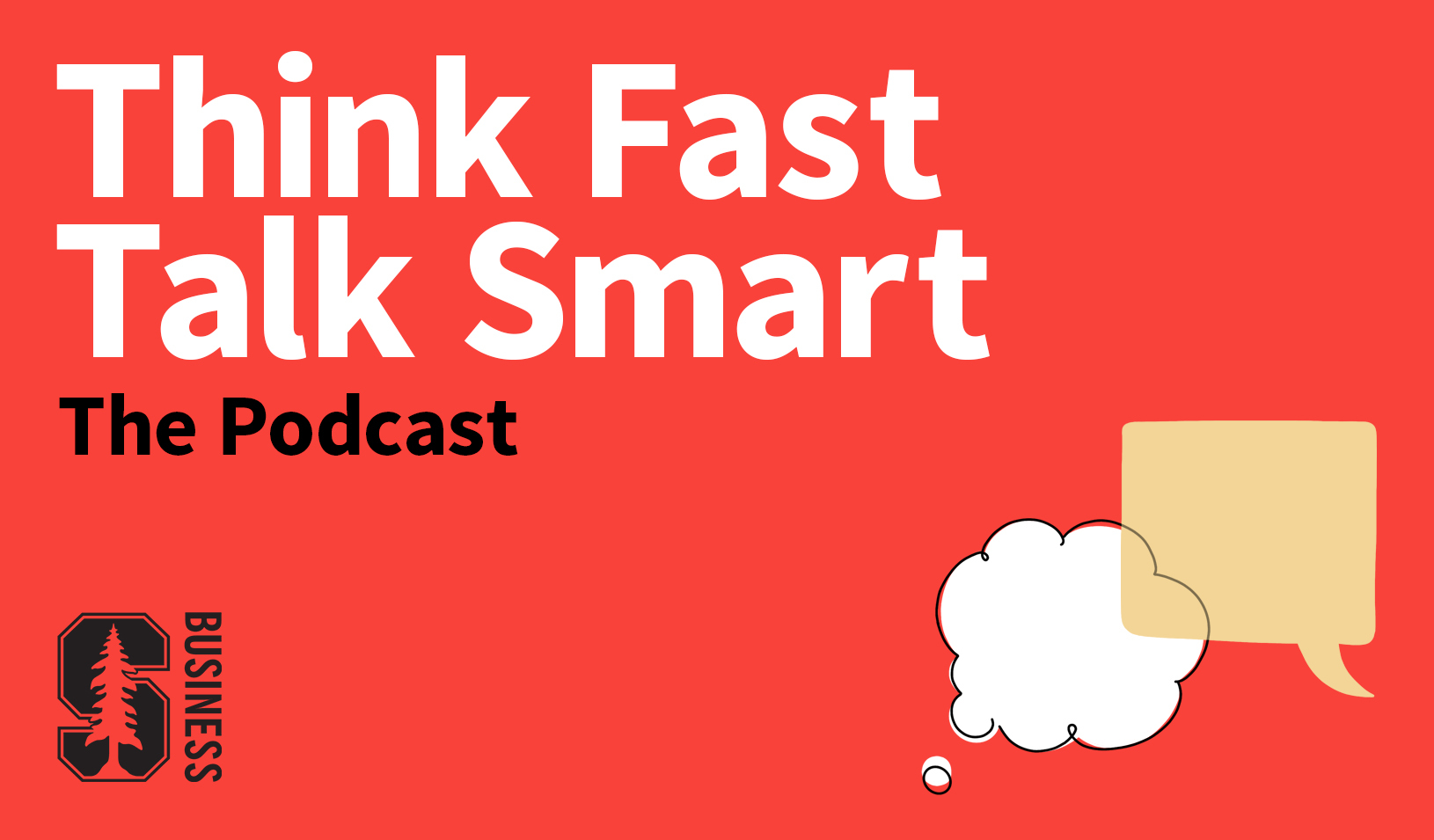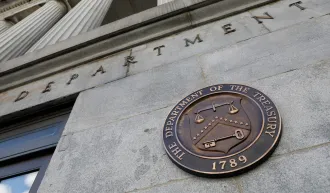Career Advice: How to Become a “Friction Fixer”
Tips for eliminating those annoying obstacles that get in the way of your best work.
February 01, 2024

Friction makes work harder, slower, and more complicated. | iStock/erhui1979
Emails that drone on and on. Meetings that could have been Slack messages. Memos loaded with empty jargon. We’re all familiar with friction, or what Robert I. Sutton and Huggy Rao describe as “forces that make it harder, slower, more complicated, or downright impossible to get things done.”
In their new book, The Friction Project: How Smart Leaders Make the Right Things Easier and the Wrong Things Harder, Sutton (a professor of organizational behavior, by courtesy, at Stanford Graduate School of Business and professor emeritus of management science and engineering at Stanford) and Rao (a professor of organizational behavior at Stanford GSB) offer a wealth of advice on identifying and removing troublesome friction — while implementing the helpful kind. Here are some tips for aspiring “friction fixers”:
Less Is More: We often believe that adding stuff is an improvement. Calling extra meetings or creating new positions might feel productive but may do more harm than good. To combat “addition bias,” Sutton and Rao recommend locating subtraction targets. Try “the rule of halves”: a thought experiment where you reduce something (like the length of a meeting) by 50% and only add back what’s truly missing.
Value People’s Time: The hallmark of great friction fixers is their consideration of other people’s time. Sutton shares an example from an unexpected place — the California DMV, where he saw a friendly employee make their way down a line of 50 people, handing out forms (and pens) so some could finish their business on the spot and others could wrap up their appointments more quickly. Thanks to this helpful friction fixer, Sutton was out of the DMV in half an hour.
Get Rid of Gobbledygook: Overly complex lingo can be confusing. Take the management framework Holacracy, which is full of lines like this: “A Role may link into another Circle if a Policy of that other Circle or any Super-Circle thereof invites it.” To avoid “the hazards of convoluted crap,” Sutton and Rao suggest speaking or writing in concrete terms, incorporating sensory metaphors, and using the present tense.
Slow Down: Some friction is good. Sometimes, you must get your employees or colleagues to resist impulsive or instinctive moves. In particular, generating great ideas can’t be rushed. “To do creative work right, teams need to slow down, struggle, and develop a lot of bad ideas to find a rare good one,” Sutton and Rao write. After launching a new project, take a moment for some “imaginary time travel.” Generate “previctorems” in which your team sketches out the story of its future success and “premortems” in which you speculate about massive failure.
Everyone Can Fix Friction: Friction elimination is both top-down and bottom-up. Hawaii Pacific Health’s Getting Rid of Stupid Stuff (GROSS) campaign was initiated by a chief medical officer but driven by doctors and nurses who flagged tasks that cut into their time with patients — like a mouse click that was sucking up 1,700 hours of nurses’ time every month. While senior executives may initiate systemic change, every member of an organization can contribute to friction fixing.
For media inquiries, visit the Newsroom.
Explore More

Lose Yourself: The Secret to Finding Flow and Being Fully Present

Speak Your Truth: Why Authenticity Leads to Better Communication



